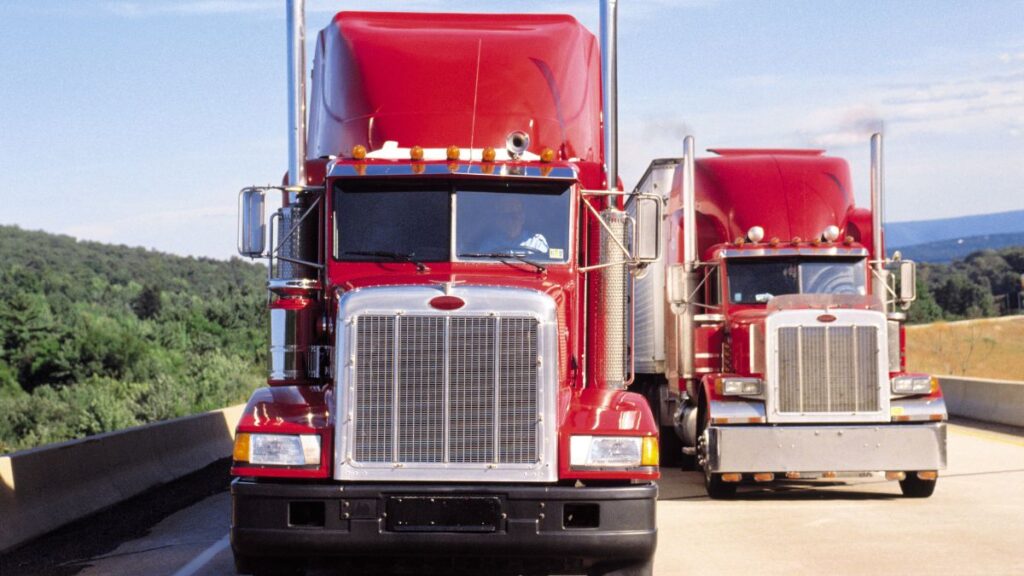How Does a Transportation Management System (TMS) Improve LTL Shipping?
Published:Jun 13, 2025
Updated:Jun 23, 2025
3 min. read
Less-than-Truckload (LTL) shipping makes up an estimated 10% of the total motor-carrier freight in the United States and many industry estimates project that LTL shipping will achieve a $297.3 billion portion of the industry market by 2030. This means that LTL shipping needs to be a priority for truck companies and with multiple deliveries on the same truck — it can be complicated. Freight companies that want to know how a Transportation Management System (TMS) can improve LTL shipping may find the answers they need in this overview created by TenTrucks.
4 Ways a Transportation Management System Improves LTL Shipping
Transportation Management Systems — like TenTrucks TMS — provide innovative solutions that will help make freight operations and management more efficient. With advancements in Artificial Intelligence (AI), trucking and freight companies can further enhance their ability to manage cargo, driver routes, and tracking.

Here is a better look at a few ways that a Transportation Management System can enhance LTL shipping:
1. Improved Cargo Consolidation
Based on truck and cargo dimensions and projected routes, a Transportation Management System can help consolidate shipments to ensure that trucks are filled to capacity and that the number of separate routes needed are reduced. TenTrucks TMS employs AI to consolidate LTL shipments and improve overall efficiency.
2. Enhanced Shipment Visibility and Tracking
Multiple trucks loaded with cargo for multiple destinations can make tracking LTL shipments complicated for freight companies. The increased real-time visibility provided by a Transportation Management System allows companies to be more efficient and more proactive in how they track shipments. With improved tracking, freight companies can better communicate with customers about deliveries and improve satisfaction.
3. Improved Route Optimization
Tracking shipments that go to multiple locations on the same truck can make vehicle routing more complex and complicated. Transportation Management Systems optimize routes based on distance, traffic, cargo capacity, and travel time to find the most efficient routes for LTL shipments. This reduces travel time for drivers and reduces fuel consumption and overall costs for trucking companies that are involved in LTL shipping.
4. Reduced Costs
Reduced costs are a primary goal for many trucking and freight companies — and a Transportation Management System like TenTrucks TMS can reduce costs associated with LTL shipping. Improved route optimization that reduces fuel costs, load consolidation that minimizes empty miles, and improved visibility that leads to enhanced customer satisfaction can help reduce the overall costs for trucking and freight companies and lead to long-term success.
READ MORE: How Does a TMS Improve Cost-Per-Mile?
Did you know that a Transportation Management System can improve LTL shipping? Innovative solutions like TenTrucks TMS will help you reduce costs and improve your LTL shipping operations and we hope this overview will answer your questions.
Contact TenTrucks today to learn more about our TenTrucks TMS platform!